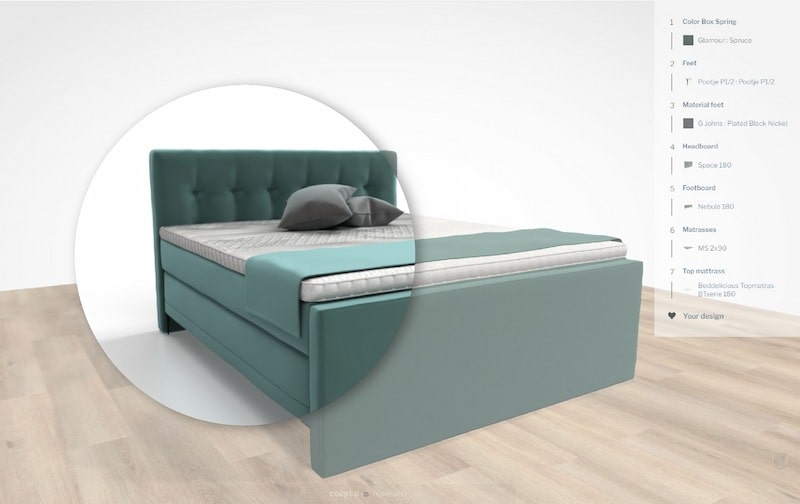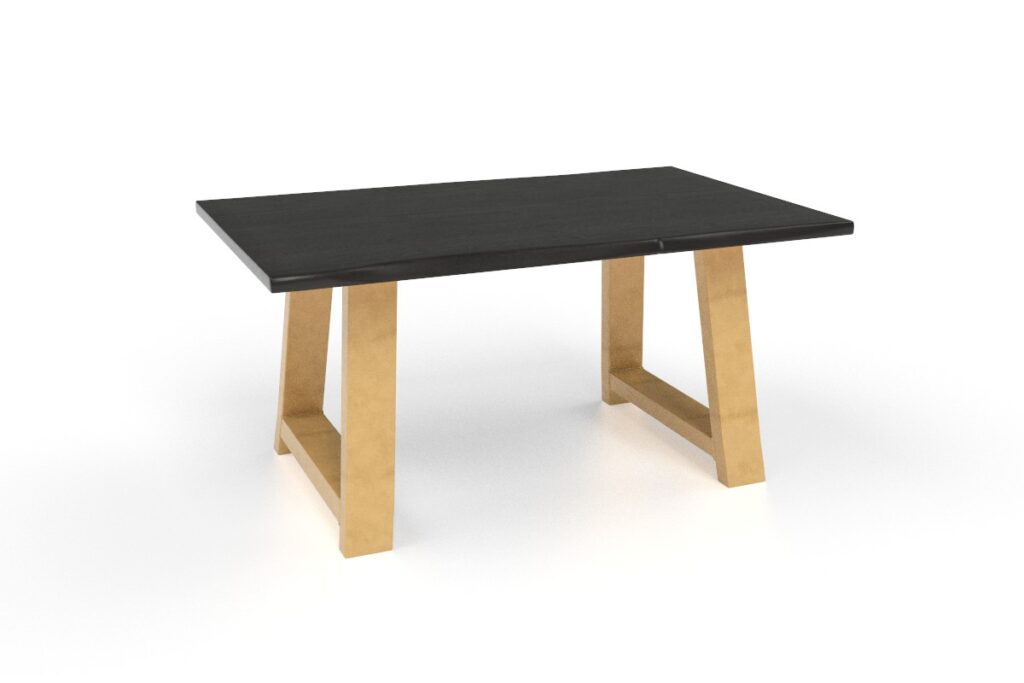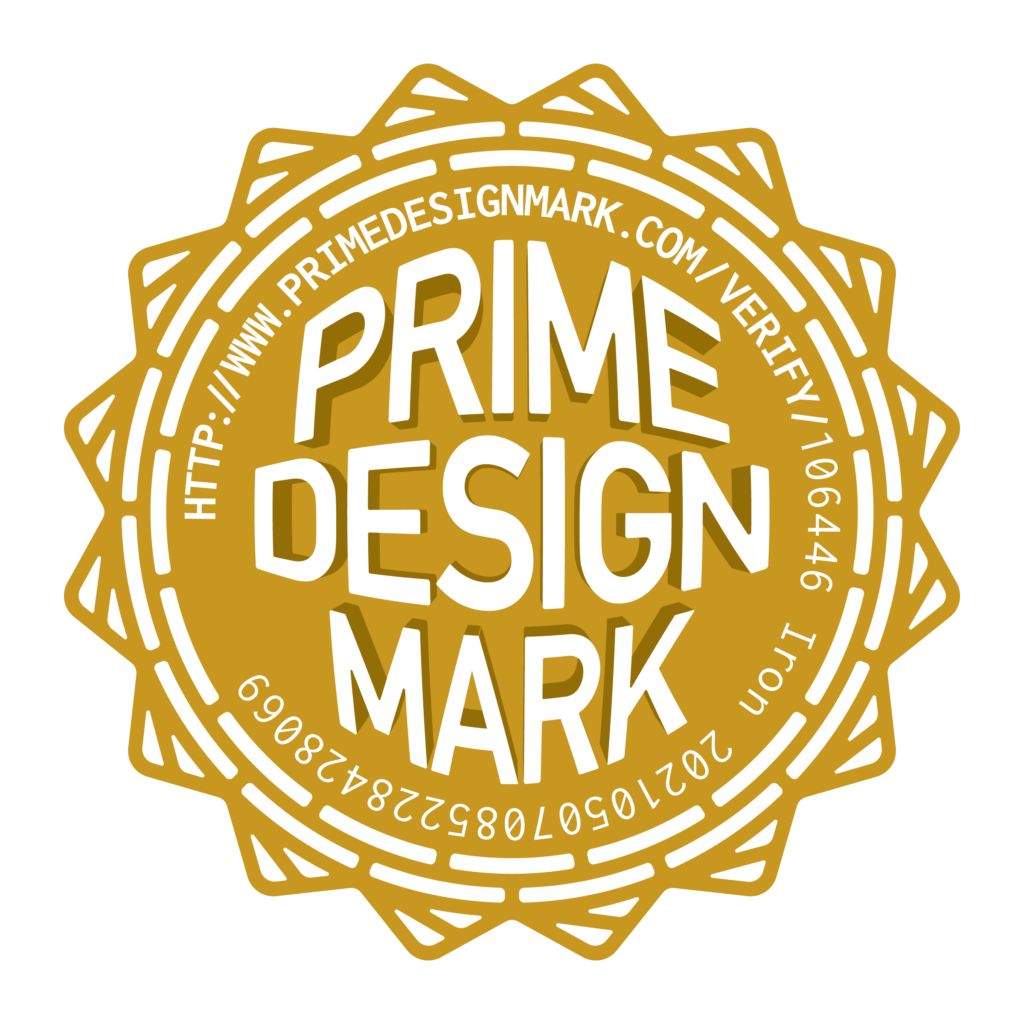- Unlimited visuals
- High quality 2D renders
- Switch between 3D and 2D
- Render per request
Visualization made feasible
with automated CGI for furniture
- Unlimited visuals
- High quality photorealistic renders
- Rendering on demand
- Switch between 2D renders & Interactive 3D
- Download 2D renders with 1 click
- Render only what is configured
UNLIMITED VISUALS
With just a click of a button, you can now effortlessly showcase any product in any desired combination. Our advanced technology enables you to instantly create high-quality, photorealistic renders, which you can then use for your marketing needs. The possibilities are truly limitless - discover them today!
HIGH QUALITY 2D RENDERS
Our product configurator not only enables you to create customized renders, but it also uses realistic and highly detailed 3D models as a reference to ensure the creation of high-quality, photorealistic renders.
With the renders being created within the product configurator itself, you can expect exceptional quality every time.

SWITCH BETWEEN 3D AND 2D
Our strength lies in the seamless combination of 3D and 2D elements. By offering the best of both worlds to your customers, you can provide them with an unparalleled experience that sets your products apart. Whether it's the lifelike depth of 3D or the crispness of 2D, our solution provides the perfect balance to showcase your products in the best possible way.
RENDER PER REQUEST
Renders are composed while configuring, fully automated, and generated within seconds. Plus, each image is created only upon request, making it "live" if it doesn't already exist.
Previously created product renders are saved, ensuring that each image is only generated once. This approach eliminates the need to create a massive number of potentially irrelevant images, while ensuring that the required renders are always readily available when needed.

Your customers respond
60.000
times faster to imagery than text
Sounds good?Let's get started!
We offer a full product visualization service to help you achieve your ambitions. As a 3D expert, as a partner.
Fully committed to accelerate your business.
Learn more about CGI for furniture
CGI (or computer generated images) for furniture is a digital alternative to product photography. A product render is a computer generated, high quality image of a product which can hardly be distinguished from traditional photography. Rendering allows you to change textures and materials, product design details, get multiple lifestyle scenes and show the object from different points of view, without producing a physical prototype. Rendering is a perfect tool for customizable products, but is also used in architecture, video games, animated movies, simulators, TV special effects and design visualization.
What do you need to create a 3D render?
You don’t need a physical prototype to create a 3D render. A product render can be based either on reality, but it can be completely fictional as well, even though the end result looks completely real. The input for the computer to be able to create a product render, is one or multiple 3D models as well as a 3D scene for the environment. For creating your 3D assets, you can make use of our full content creation services.
CGI vs product 2D rendering
CGI (or computer generated images) is just another word for product 2D rendering. CGI is the process of digitally creating the highest quality, three-dimensional images of spaces and/or products. Even the finest details can be shown, from colors, fabrics and finishes to shading and lighting, which give a true representation of the design. With regard to interiors and exteriors, it is even possible to show precise distances and specific measurements between furniture, doors and windows.
The benefits of CGI
Rendering is a quick and relatively cheap digital alternative to traditional product photography, especially suitable for customizable products. You can create as many visuals as you want, in photorealistic quality and for only a fraction of the costs of traditional photography. The quality of 2D renders is so realistic and precise, you cannot tell the difference from a traditional photograph. Once the 3D model is created, there is no limit to what you can do with it. Each model can be placed in any creative context: from highly realistic to total fantasy. This makes it possible to explore different design options and make changes early on in the design process, eliminating any possible issues later down the line. CGI help customers to fully understand the product or design and visualize the end result in incredible detail. This will help to avoid disappointment and material waste and create maximum customer satisfaction in the end.
Types of CGI
There are several levels of CGI used for visualizing furniture.
Artist rendering
A process by which 2D renders are created manually by combining models, components and materials within specialized software. For each and every possible variant, each configuration and every material or color, this process is repeated.
Automated pre-rendering
With this technique, digital photos of all possible configurations are generated automatically, based on pre-made images of all models, components, elements, materials and features. All pre-made images are uploaded to the system and displayed whenever a customer configures that particular combination.
Automated CGI
With automated CGI, the product image is composed live and on demand, while the customer is configuring. Previously created renders are saved so that each image only needs to be created once. This groundbreaking technique works fully automated and shows the images just within seconds. By working with on-demand models only, you don’t have to create a huge amount of (partly irrelevant) images, saving immensely on your visualization costs. Especially in the terms of CGI for Furniture.
Physically Based Rendering (PBR)
Physically based rendering is a collection of rendering techniques, using realistic shading and/or lighting models along with measured surface values to accurately represent real-world materials. The result is near to perfect, creating beautiful, highly realistic images that can hardly be distuinquished from real photographs. By using physical parameters, materials will look correct regardless of lighting conditions. For example, showing metallic or velvet fabrics.CGI






















